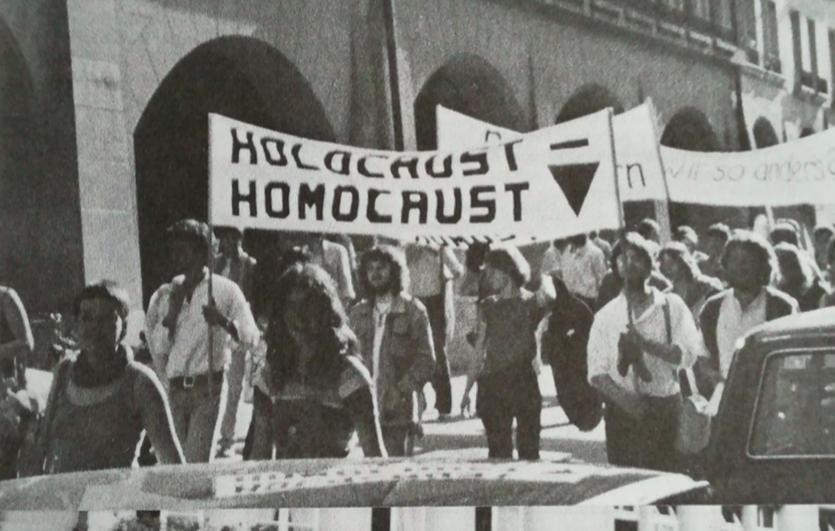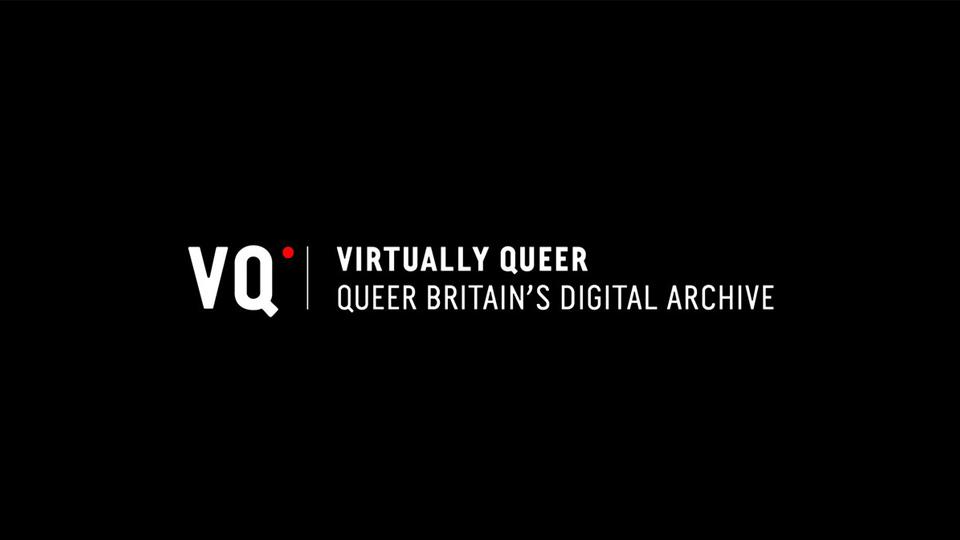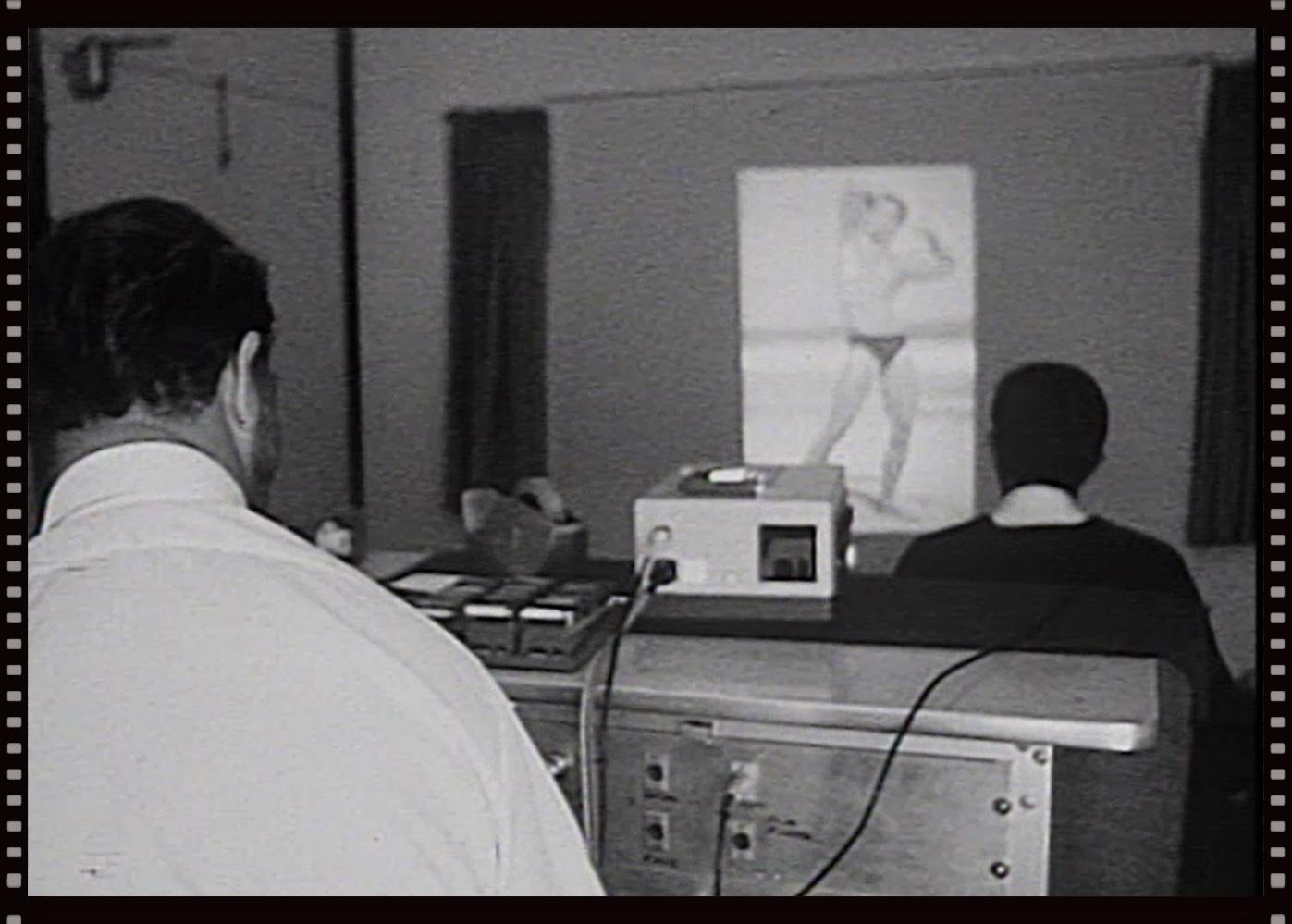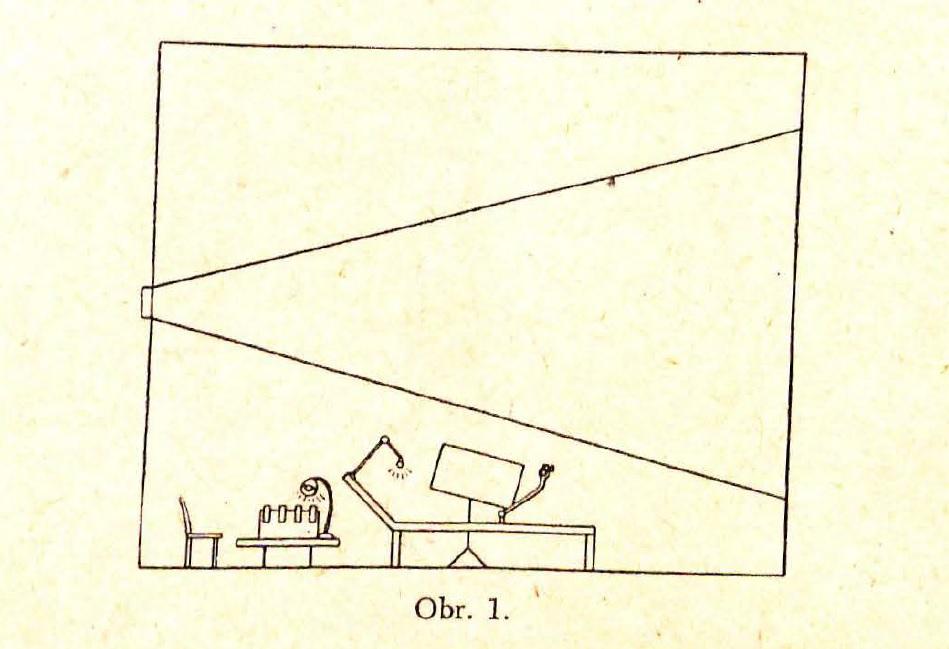Projects from the Centre for Queer History
Discover some of the centre's recent and ongoing research projects and reports.
Primary page content
The Pink Pound: Capitalism and Homosexuality in Twentieth-Century Britain - Justin Bengry

This research project explores what marketers have, since the 1990s, come to call the ‘pink pound’ or ‘pink economy,’ the economic power of gay men and lesbians. The Pink Pound is the first sustained and systematic historical study of the shifting relationship between the consumer economy and the social, cultural, and political formations of homosexuality in twentieth-century Britain.
This research identifies the complex ways that marketers sought new markets, how sexual subcultures fashioned public and private identities using diverse goods and services, and in what ways particular understandings of homosexuality were ‘sold’ to mass markets at a critical historical moment.
Disregarding the Past: Pardons for Past Homosexual Offences - Justin Bengry
.jpeg)
Despite suggestions that tens of thousands of men have been pardoned, legislation in England and Wales has only impacted a handful of living men. Critically examining the disregard process and the statutory pardons for some men convicted of some offences, this project demonstrates that there has been little willingness to offer more than limited action to redress past injustices.
Queer men convicted for activity that included no sexual impropriety continue to be criminalised. North of the border, however, in Scotland legislation has been passed that actually builds upon a bill defeated at Westminster, opening up further questions about who is worthy of exoneration.
Sex on the Move - Benno Gammerl

This project explores interplays between migratory movements and sexual attitudes by looking at the UK and East Africa as well as Germany and Turkey in the twentieth century. It addresses larger-scale developments like decolonization, expansion of the welfare state and the sexual effects of globalizing dynamics between adaptation, diasporic diversification and hybridization.
At the same time, it considers how individuals negotiated diverse sexual scripts, different types of gender relations and conflicting views on sexual diversity. Highlighting these smaller-scale conflicts and dynamics, the project demonstrates that cultural diversity not only impedes, but also facilitates struggles for gender equality and acceptance of sexual diversity.
The Pink Triangle as a symbol of transatlantic homosexual identity - Sébastien Tremblay

Looking at gay and lesbian transatlantic cultural communication networks from the 1970s to the mid-late 1990s, Tremblay focuses on the Pink Triangle as a marker of identity in LGBTQIA2+ activist circles. Doing so, he also explores the exclusion and erasure of identities connected to the cultural memory of the “men with the pink triangle”.
He uses the Pink Triangle’s early key moments for an analysis of the entanglement of queer utopias, collective memory, cultural trauma and a certain longing for the past. He combines the psychic complexity of shame, well-known narratives of pride and their connection to homonormative discourses, and homo- and neo-nationalism.
Virtually Queer: Queer Britain’s Digital Archive - Molly Merryman

Queer Britain, the UK’s national LGBTQ museum, has established Virtually Queer, led by Research Director Molly Merryman. A digital archive and video-based oral history collection, Virtually Queer will feature interviews in exhibits and online. The first exhibition, “Our Naked Skin,” was held at The Salisbury Arts Centre in 2018 and focused on women (cis and trans) who have made a difference in LGBTQ rights and explored themes of vulnerability and activism.
Virtually Queer is working with scholars, students and trained volunteers to gather filmed oral histories of UK LGBTQ+ residents. Others are transcribing interviews for the next stage of Virtually Queer—creating an LGBTQ+ digital archive.
Sex, Psychiatry and the Cold War: A Transnational History of Homosexual Aversion Therapy

Neil McConaghy Papers, still image from a film reel used to diagnose sexual orientation, Sydney ca. 1964.
Aversion therapy was a method of treatment for sexual and gender ‘deviation’ adopted by some psychiatrists and psychologists in the decades following the Second World War.
As homosexuality became a crucial area for expert research by intelligence and security organisations, technologies of detection and diagnosis turned to behaviourism through emotional observation, visual surveillance, psychometric testing and physiological measurement. This was part of a growth in popularity of a behaviourist paradigm in psychological medicine based on the ideas of Russian physiologist Ivan Pavlov, which was promoted by Communist Bloc countries, in contradistinction to Freudian psychoanalytic theories favoured in the United States.
There were several variations of aversion therapy, but most involved subjecting a patient to nausea or electric shocks while showing them erotically stimulating images in order to de- and re-condition their sexual behaviours. However, clinical trials by some of its leading practitioners led them to reject the belief that sexual orientation could be medically changed. Drawing on intelligence documents, medical and psychiatric literature, gay print and radio media, oral history interviews, and the newly discovered personal papers of one of the world’s most prominent aversion therapists, the research charts the transnational circulation of sexological knowledge.
Stimulating Emotions: The Visual Archive of Sexual Psychiatry

Illustration from a 1953 Czechoslovakian psychiatry journal report by Kurt Freund.
Visual material offers a rich archive for investigating emotional valences in the history of sexual psychiatry, especially concerning the role of the body and both individual and collective feelings.
This research examines two sets of images. One is the photographic and filmic imagery produced and used by psychiatrists and psychologists in homosexual aversion therapy. The other consists of images used in the gay press of the early 1970s to illustrate, represent and lampoon aversion therapy and its practitioners, designed to evoke collective horror, disgust and derision among readers.
This took place in a context of contemporary political critiques of cybernetics and authoritarianism, and a growing, strategic discourse around human rights, all of which found reflection in an energetic anti-psychiatry movement. Reading this visual archive for emotional meaning, dissonance, fantasy and intent, the research compares the intended effects, affects and target audiences of these two contrasting sets of images in shaping patient, public and community responses to the psychiatric establishment.
Sexual Cyborgs? Transcultural Psychiatry, Behaviourism and the Reprogramming of Human Desire

Neil McConaghy Papers, still image from a film reel used to diagnose sexual orientation, Sydney ca. 1964.
This research interrogates a widely assumed binary opposition between Ivan Pavlov and Sigmund Freud, the symbolic figureheads, respectively, of twentieth-century behaviourism and psychoanalysis. It undertakes a historiographical reassessment of queer experiences of psychiatry, critically examining views of twentieth-century behaviourism as mechanistic and anti-humanist. Using the example of homosexual aversion therapy, the research gently contests dominant narratives of aversion therapy practitioners as cold, unfeeling villains fixated on reprogramming ‘undesirable’ sexual desires.
The research taps into four conversations about human agency and self-determination currently taking place around the globe: 1) the international campaign to outlaw suppression and reorientation practices (so-called ‘conversion therapy’); 2) a moral panic around transgender children, which includes questions over children’s agency and whether gender affirmation is another incarnation of ‘conversion’; 3) outcry over the uses of certain psychological methods for security purposes such as ‘enhanced interrogation techniques, which share a genealogy with aversion therapy; and 4) a public, activist and scholarly debate over decolonisation in heritage organisations, museums, universities and state structures.
Drawing on insights from a global history, postcolonial studies, and the history of emotions and experience, the research brings the theme of sexuality into conversation with racial and colonial oppression, asking how ideas about human agency and emotions – or ‘humanness’ – fed into the psychiatric and pathological framing of sexual and racial minorities during the parallel geopolitical processes of the Cold War and global decolonisation. In doing so, it investigates the influence of humanist, cybernetic and other hotly debated contemporary theoretical frameworks that were grappling with the fundamental question: What makes us human?